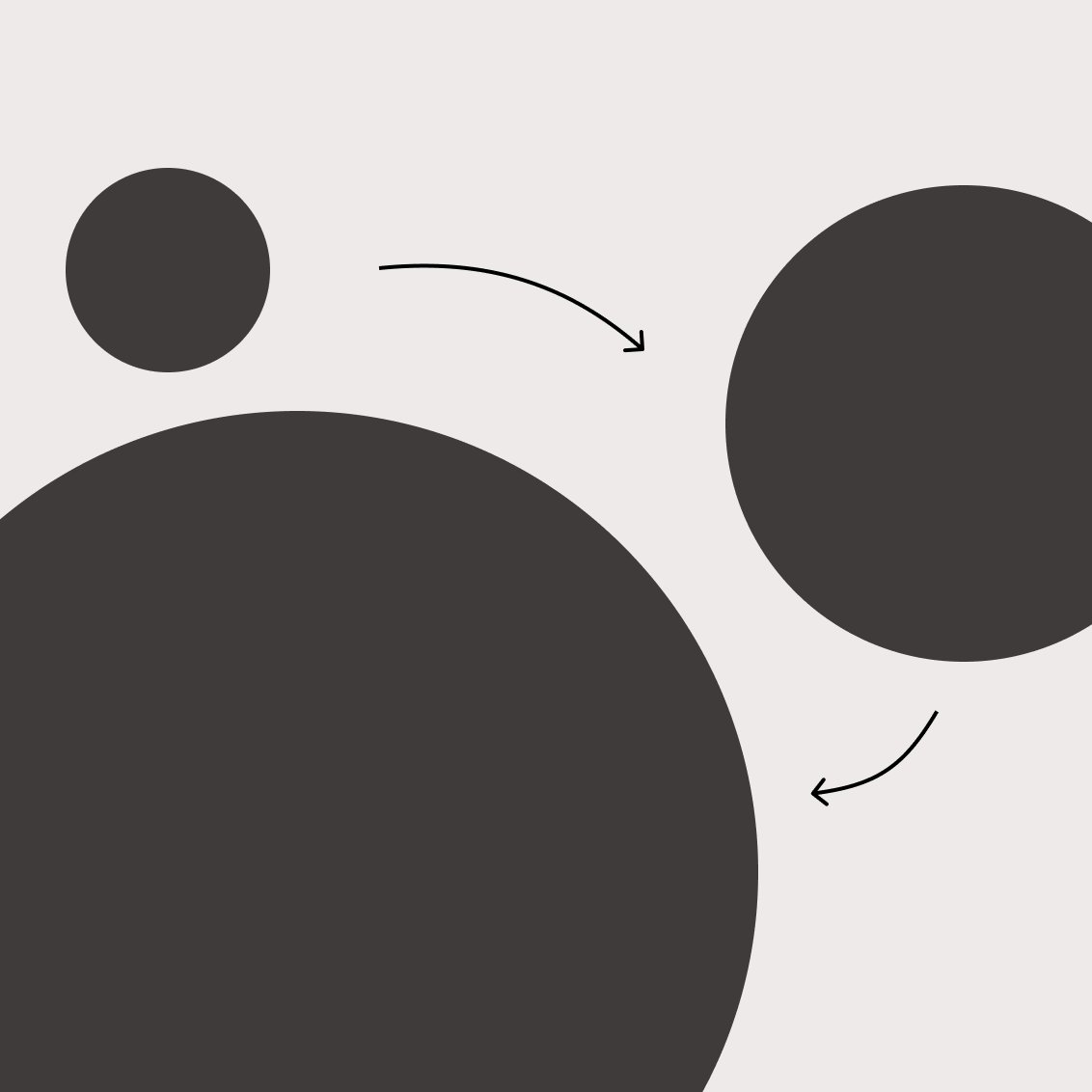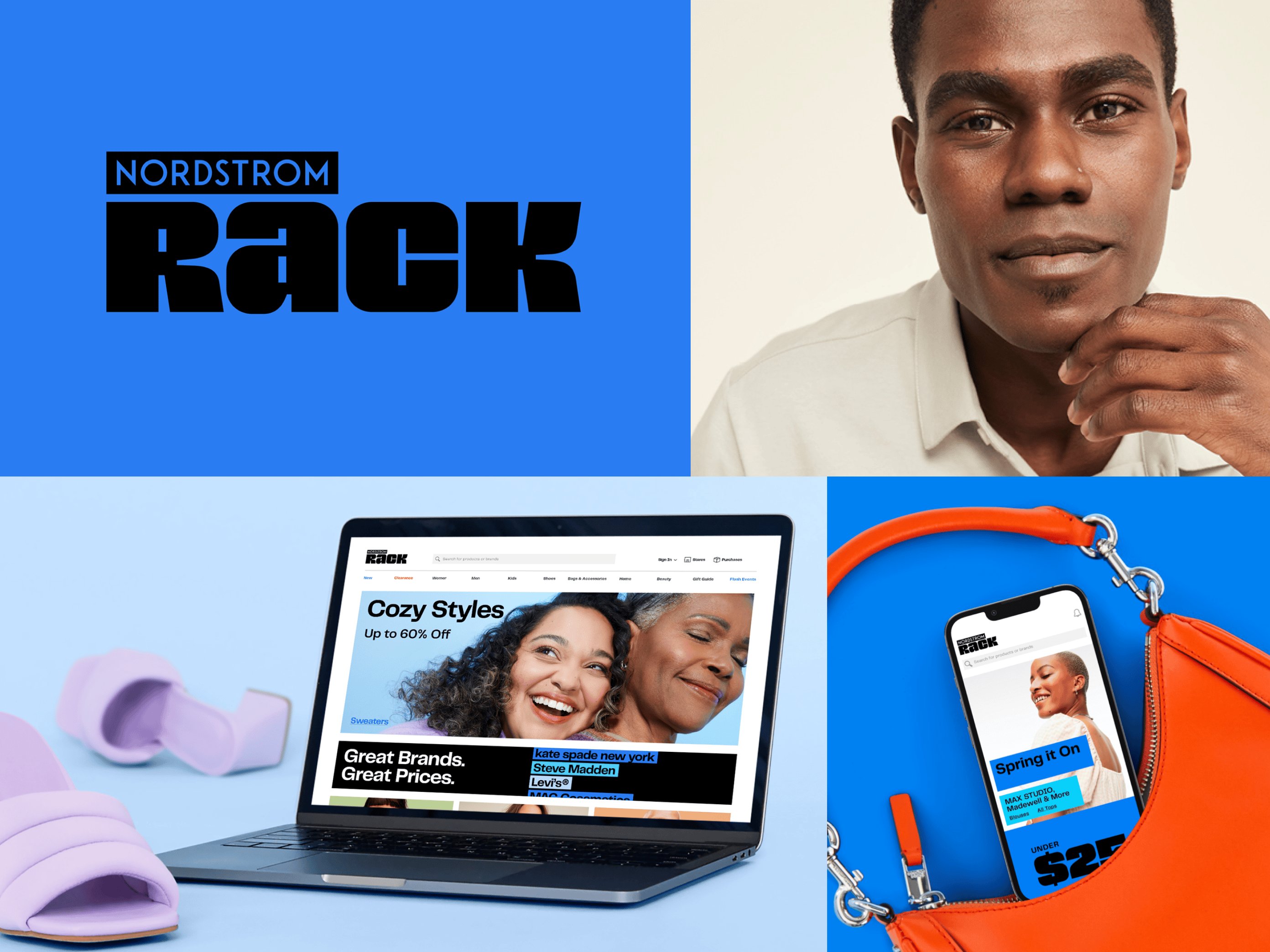Borussia Dortmund, the fan-favorite sports brand, needed to update its brand identity for a modern era filled with audience touchpoints. Partnering with award-winning agency DesignStudio and using Frontify to streamline the rebranding process meant that Borussia Dortmund could focus on a radical redesign and a smooth rollout.

TW: So, let's start from the beginning. What was the motivation behind your rebranding?
MH: Our old design was made in 2008 — it was a different world, and so many things have changed since then! There weren’t a lot of ways to experience your football club during the week. You simply went to the stadium at the weekend where you watched the game. That was it. And then all this change came, and social media came up. You had a football club becoming a passion brand and a lifestyle brand. And yet, with all the social stuff that we got into, we started to really notice that the design wasn't made for this new kind of brand-driven club. It was made for a weekend kind of club. And essentially, our brand design just wasn’t keeping up with the technological changes — it wasn't really adaptable to the channels we were using. We wanted to have a design that fits all our different channels with their different demands. So, we just said, “Okay, we have to do something.”
AT: The rise of social media and other digital media formats clearly had a big impact?
MH: Oh, definitely! I mean, by now, we have a TV team, for example — we didn't have that in 2008!
TW: Well, that nicely leads onto the next question. What were your aims and objectives for the rebranding? I imagine the main one was to bring the brand into a newer era.
MH: Definitely. So, we basically had five things that we wanted to do. First of all, we wanted to look younger, fresher, and definitely more international. We had seen that our design worked for Germany, but to conquer international fans, we needed something more.
Secondly, our font didn't really express our identity anymore. It’s really important to us that everything stems from what we stand for, from what's important to us, so we wanted to dive into that. Then, social media — that was a big one. We needed a design that was very agile for all the different platforms. It had to work in the stadium on the LED bands, which is a very special format. It needed to work on social media and in all different sizes.
We also wanted to bring in a photo language, something that was unique to us. Obviously, as a club, we use a lot of photos and videos, so we needed to have that in place as well. Last but not least, we needed something that could be translated into rooms and experiential spaces. We have so many touchpoints, just like a huge brand, with different shops and experiences.

TW: The club has a huge amount of heritage behind it, and it's very clear there's a lot of fan pride in the brand. How did the fans react to this rebranding, and how much did you keep the fans in mind when approaching the rebranding?
MH: So, I don't know if you've been to Dortmund at all. We’re a small city. It's quite tough to compete with cities like Paris, Madrid, or Barcelona, which have a lot to offer to tourists outside of the club. We can’t really do that. But the advantage of that is that we’re really close with our fans — we feel so connected to them because of the club’s history and the city’s heritage. So, we really wanted to keep them in mind very, very closely because they're part of our brand.
That's also the reason why two things were always going to stay the same: the colors and the crest, which were holy. Those have changed very little in the past 100 years, so we didn't want to touch them.
But the fans really are part of our identity, part of our brand. For example, everybody talks about the Yellow Wall [Die gelbe Wand]. And so many of the elements that you see in our design are derived from the architecture of the Yellow Wall.
TW: That kind of segues into our next question about your rebranding partner, DesignStudio. What were the criteria for choosing them? And more generally, what were you looking for in a rebranding partner?
MH: That was a really important question for us. Obviously, we have some amazing design agencies in Germany, and we talked to them at first, along with some smaller studios. And what we noticed was that all the German design agencies said, “We have so many Borussia Dortmund fans, and they really want to work with you.”
And we realized that's actually the opposite of what we need. Even though they’d come up with a great solution to our problem, we wanted a fresh pair of eyes on this, a studio that could view Borussia Dortmund objectively and without bias. So, we really wanted to have an international unit.
I approached Paul Stafford [Co-founder of DesignStudio] very early, and I still remember what decided it: He said, “We believe in radical collaboration.” And that was the moment that I thought, “Okay, this is the kind of partner that we need.” Because honestly, Borussia Dortmund is so complicated! We're the worst client you could possibly get into because we are so particular with every detail. We need to get it perfect because our fans are so close to us. With a fan-led identity as strong as ours, it's really difficult to understand all the cultural aspects. So, we really need to be involved in the creative process, and that’s something we felt that DesignStudio could offer really nicely.
AT: You've been a Frontify client for years. Did you use the platform extensively during the rebranding process? Or was it just used to merge from the old brand?
MH: Well, DesignStudio is also a client of Frontify, which was a huge plus for both of us. We developed heavily using Frontify and tried to bring everyone to the table as quickly as possible.
Our old guidelines were just a PDF document, and we knew from the beginning that we wanted to move on from that. So, we put everything together on this brand platform so that it works well. And obviously, we also use Frontify for putting detailed feedback on all our visual stuff. We find it really useful to collect all the necessary feedback to go forward quite fast, and we no longer have to use complicated programs to do the same job.

AT: How has Frontify facilitated the broader use of your new rebranded identity, especially if you work with so many partners?
MH: Good question. So, the end result of our new look is quite a complex design. You always want to aim for something simple, but it never works out like that because you need rules for how things interact and work together. We needed a platform that made it very easy to get the information that the designer needed. It needed to make everything downloadable right away. Frontify gives smart and quick access to everything, and we were really impressed by how we could offer that access to all our partners as well.
We work with dozens of companies, but obviously, not all of them need access to all our assets. So, having the capability to control who can access what within Frontify is really helpful. Having one space to educate everybody on how to use the new design was also invaluable.
AT: And what about your rollout, both internally and externally, with all your partners? How was this process for you?
MH: Well, we were pretty radical with our internal rollout, but that was only possible because we set up a small core group made up of lots of our different departments. So, we always had about 35 people around the table regularly discuss all the small stuff that has to work for those different departments. So, all the way through the process, we were really transparent about the rebranding and how it would affect and change all the various touchpoints.
In terms of the external rollout, we started in February and rolled it out in August for the first match day. It was all very quick and efficient — very German! We brought it to life on all digital platforms right away, as well as stadium branding and, obviously, social media. And it’s done incredibly well — we barely see outdated elements in the wild anymore, which is incredible given the nature of this industry.
AT: So, we’ve discussed the need for this rebranding — in your opinion, what were the risks involved?
MH: Well, we were always looking at the risk. Rebranding is not without risk — I think the big risk for us was that we would spend a huge amount of time, thought, and money, and nobody would notice — or we would lose our distinctiveness. You have to have a healthy level of paranoia about that sort of thing, I think. It’s what pushes you to deliver something striking and different rather than just copying every other brand out there because of a design trend. We were lucky enough to have some really strong identity factors, like the colors and the logo, so we could use them as a cornerstone and rely on them being recognizable. But so many brands just jump on a bandwagon these days and end up harming the core of the brand they want to promote.
TW: And what about the opportunities that present themselves with a rebranding?
MH: The opportunity is for you to talk to new people as you reposition your brand. You can attract new target groups. So, for us, we’ve discovered that our new brand attracts more young, international groups than before. The new design system, and having Frontify to back it up, creates more options to talk with these groups than before.
I do think the risk usually exceeds the opportunities. In the end, it's trying to change the behavior of the people that you want to talk to. So, either you want to make them start buying your product, or make them pay more for your product. And how you achieve that has a million answers, but I think the risk is that you give the wrong answer to it in your haste to change something.
TW: So, when you're talking about a rebranding being successful and the ways in which to achieve that — how do you think rebranding has changed since, say, 2008?
MH: That’s a hard one! I think nowadays you have to be much clearer on what you stand for. Back then, it was easier to stand out, but now everyone is trying to attract awareness and attention, so brands are using methods that give them short-term attention but ultimately hurt their brand. You really need to know what your core values are and stick by them, even if it means having to work harder for short-term awareness.
TW: Last question! What's one piece of advice that you might give to a brand doing a rebranding today?
MH: First of all, you really have to know what you stand for, who you want to talk to, and where you want to go. If you have those three things aligned, then you can really evaluate the necessity of rebranding and what it will mean for your brand. I’d also say that it’s important to get every operational team involved very early on in the process. Make sure that you have people on board who support and give you relevant feedback without diminishing the radical view of the process.



